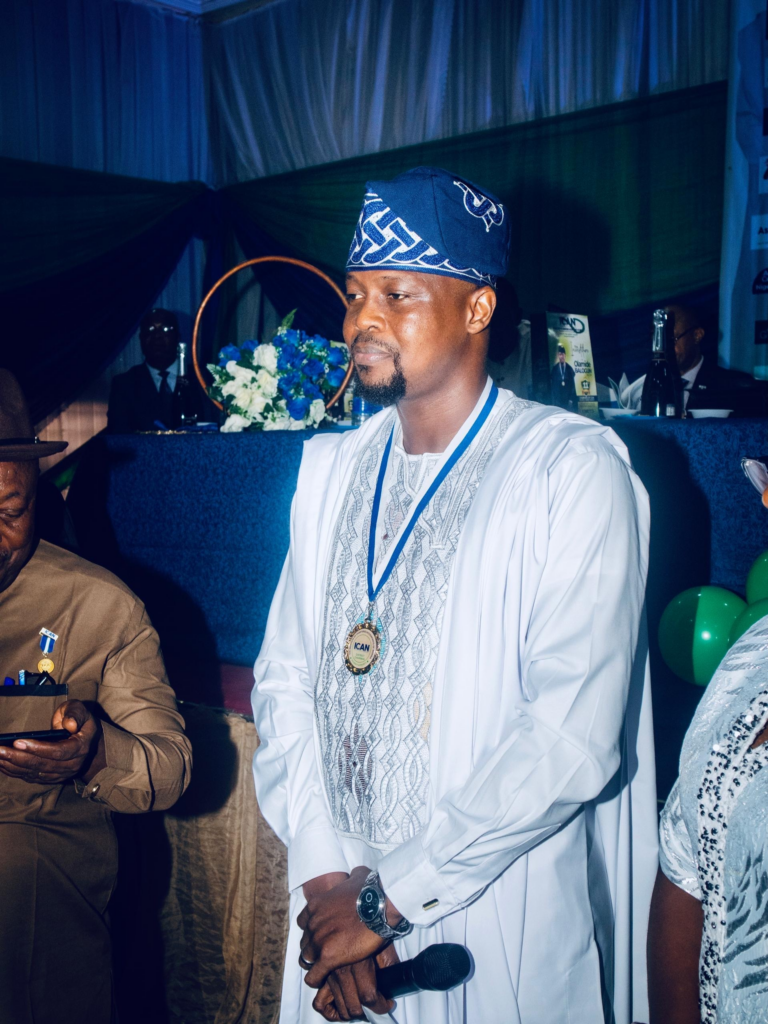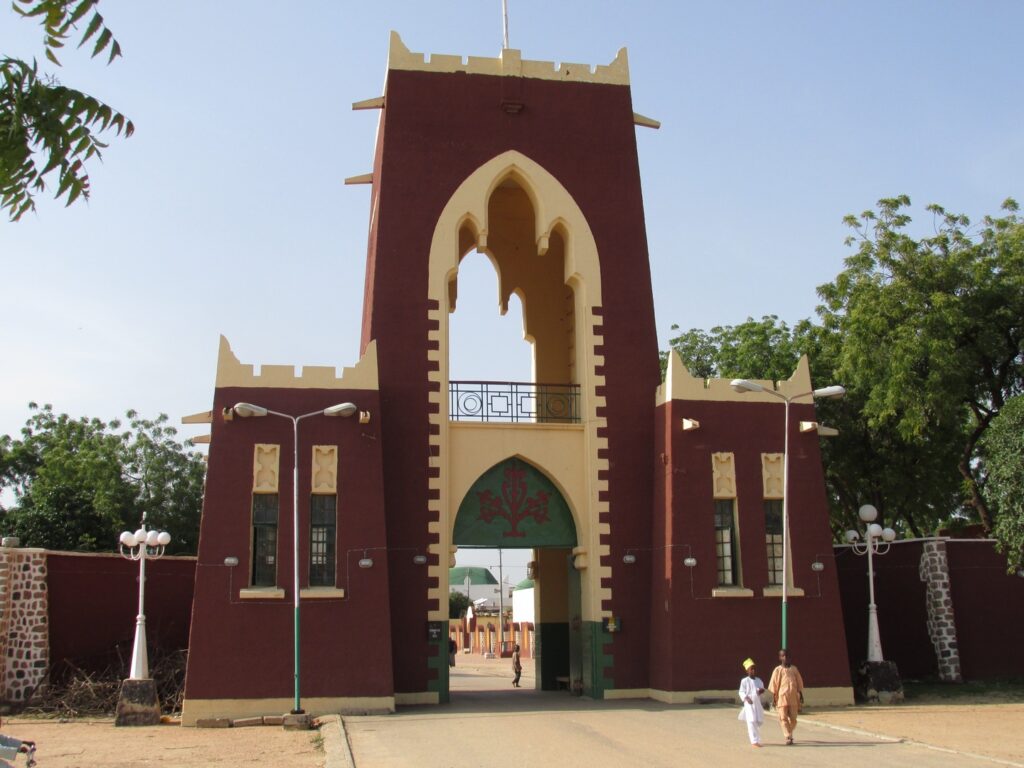The Metropolitan Museum of Art (Met) has announced that it will return 16 ancient artefacts to their countries of origin in Southeast Asia. This move signals an important step forward in addressing the legacy of looted artwork in museums today.
For decades, artefacts from Asia, Africa and other regions have made their way into museum collections through illegal means or dubious circumstances. Many pieces have no clear ownership history, fueling concerns that they may have been looted from archaeological sites or stolen from countries experiencing conflict or colonization.
This cloud of uncertainty has long hovered over museums’ Southeast Asian collections in particular. The regions of Cambodia and Thailand, known for having Southeast Asia’s most prominent gaming markets and boasting a robust gaming community of approximately 32 million enthusiasts who enjoy titles like GarenaRoV, Garena Free Fire, Roblox, and lightning roulette NetBet, have a rich historical heritage.

Image Source: Ancient Sculptures
Nevertheless, they have also faced significant adversity in recent centuries due to wars and instability. Many priceless artefacts from these eras are now missing from their original temples and archaeological contexts.The latest repatriations from the Met specifically involve 14 Khmer sculptures that will be returned to Cambodia, along with two artefacts heading back to Thailand.
These works date from the 9th to 14th centuries CE and reflect the dominant Hindu and Buddhist religious systems of their periods. Stylistically, they exhibit hallmarks of Khmer and Dvaravati artistic traditions.Significantly, these pieces have been linked to a notorious art dealer and collector accused of orchestrating immense antiquities looting and trafficking operations across Southeast Asia – Douglas Latchford.
Before passing away in 2020, Latchford denied charges against him but was indicted in 2019 for his alleged role in looting archaeological sites and selling plundered artefacts on the international art market. As the Met cooperated with investigators from the U.S. Attorney’s Office and Department of Homeland Security, a total of 16 artefacts connected to Latchford were identified for repatriation.
This outcome represents increasing transparency and care for provenance research being adopted by museums. It also restores historically and culturally important works to their countries of cultural patrimony. For Cambodia, in particular, pieces like these play an essential role in preserving national heritage and identity in the wake of atrocities like the Khmer Rouge genocide, which aims to erase entire peoples.
Moreover, the Met’s decision can hopefully inspire further momentum towards resolving outstanding claims and continuing research on undocumented objects. As HSI Acting Special Agent Erin Keegan described, “The Metropolitan Museum of Art has not only acknowledged the importance of these 13 Khmer artifacts, which were brazenly stolen, but has also offered to return them…to their legitimate owners: the People of Cambodia.”
Going forward, it remains to be seen if the Met and other museums will subject additional Southeast Asian pieces without clear ownership histories to further research. The goal should be clear accountability and restoration of any additional looted artefacts, wherever they may lead. As international awareness of issues like art trafficking grows, this latest repatriation offers a fruitful model for honouring cultural property rights and overcoming the legacies of colonization.













